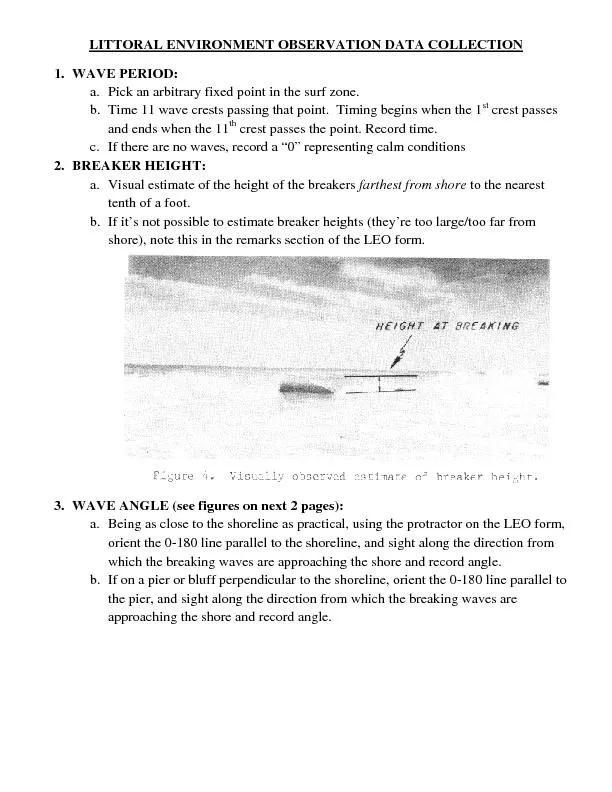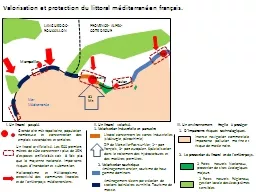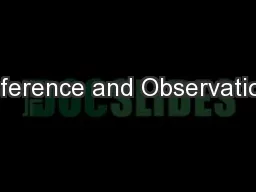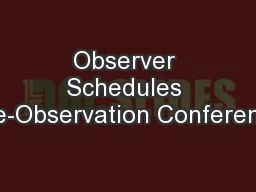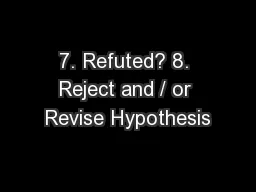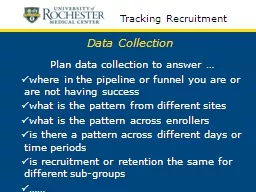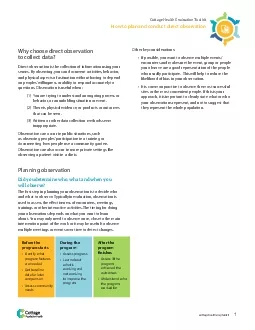PDF-LITTORAL ENVIRONMENT OBSERVATION DATA COLLECTION
Author : tatyana-admore | Published Date : 2016-06-22
Pick an arbitrary fixed point in the surf zone Time 11 wave crests passing that point Timing begins when the 1If there are no waves record a
Presentation Embed Code
Download Presentation
Download Presentation The PPT/PDF document "LITTORAL ENVIRONMENT OBSERVATION DATA CO..." is the property of its rightful owner. Permission is granted to download and print the materials on this website for personal, non-commercial use only, and to display it on your personal computer provided you do not modify the materials and that you retain all copyright notices contained in the materials. By downloading content from our website, you accept the terms of this agreement.
LITTORAL ENVIRONMENT OBSERVATION DATA COLLECTION: Transcript
Download Rules Of Document
"LITTORAL ENVIRONMENT OBSERVATION DATA COLLECTION"The content belongs to its owner. You may download and print it for personal use, without modification, and keep all copyright notices. By downloading, you agree to these terms.
Related Documents

